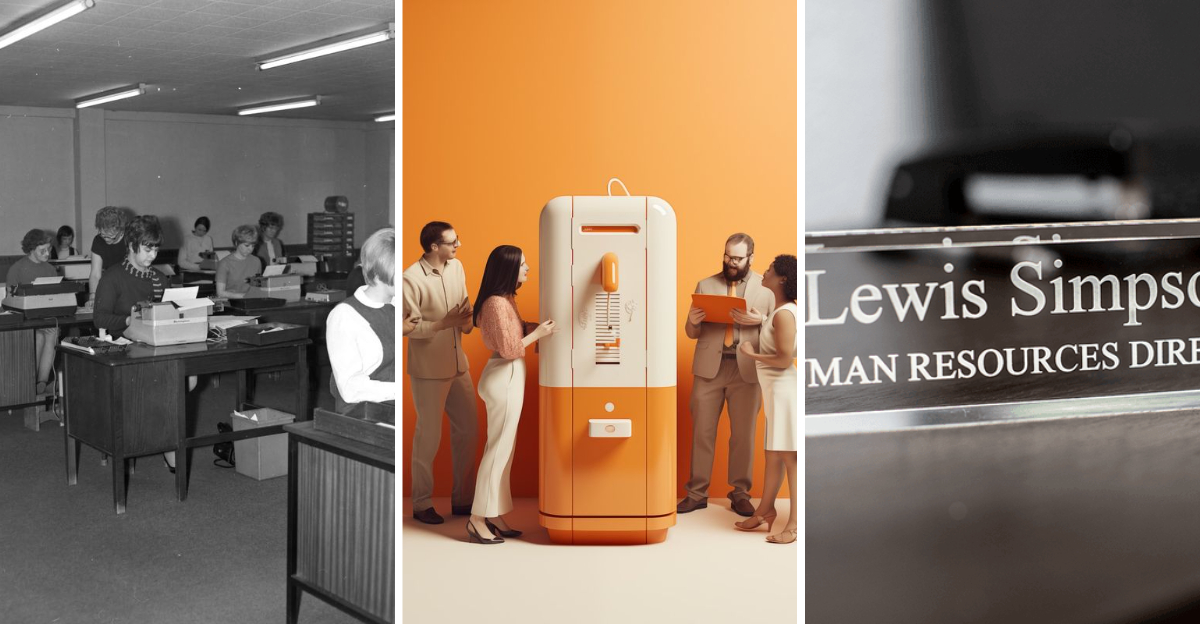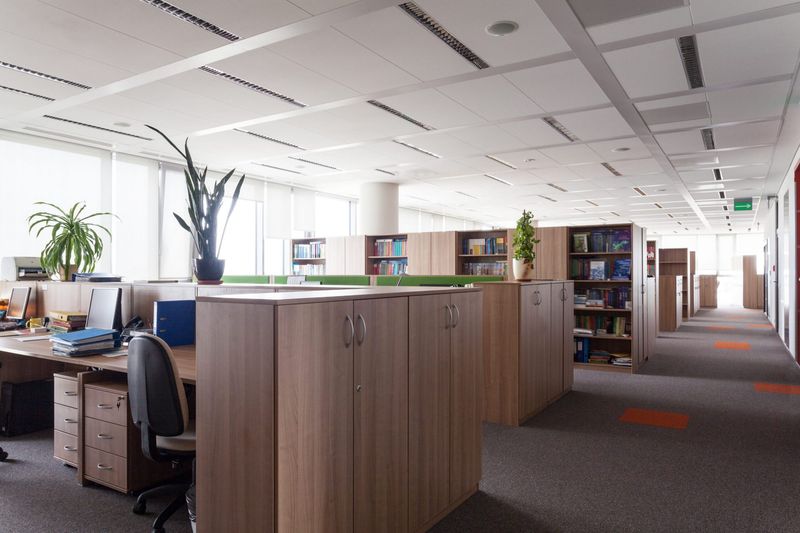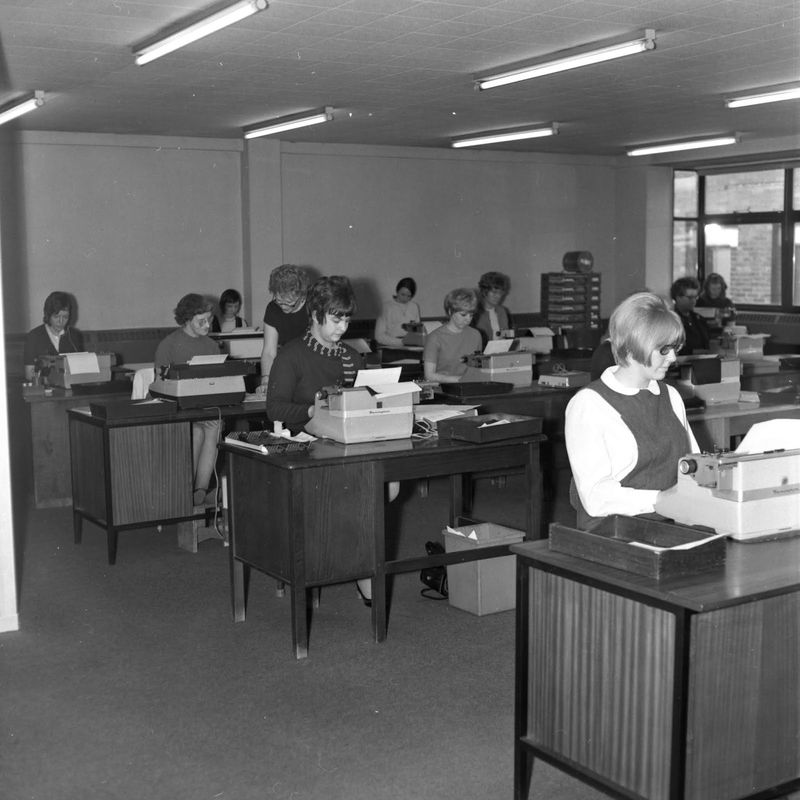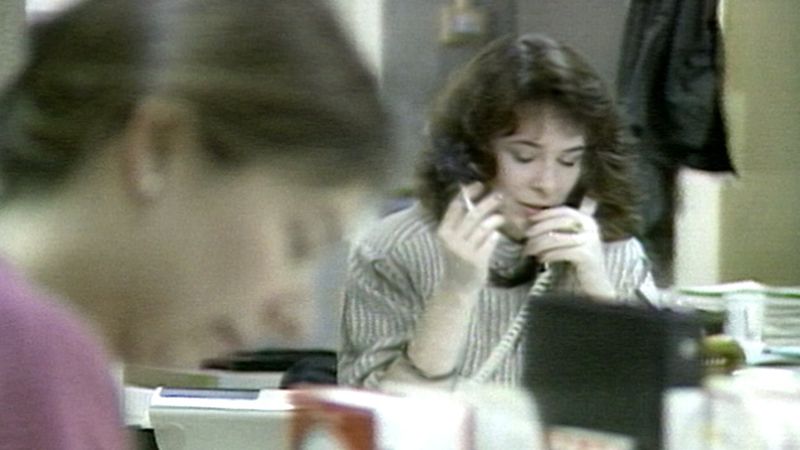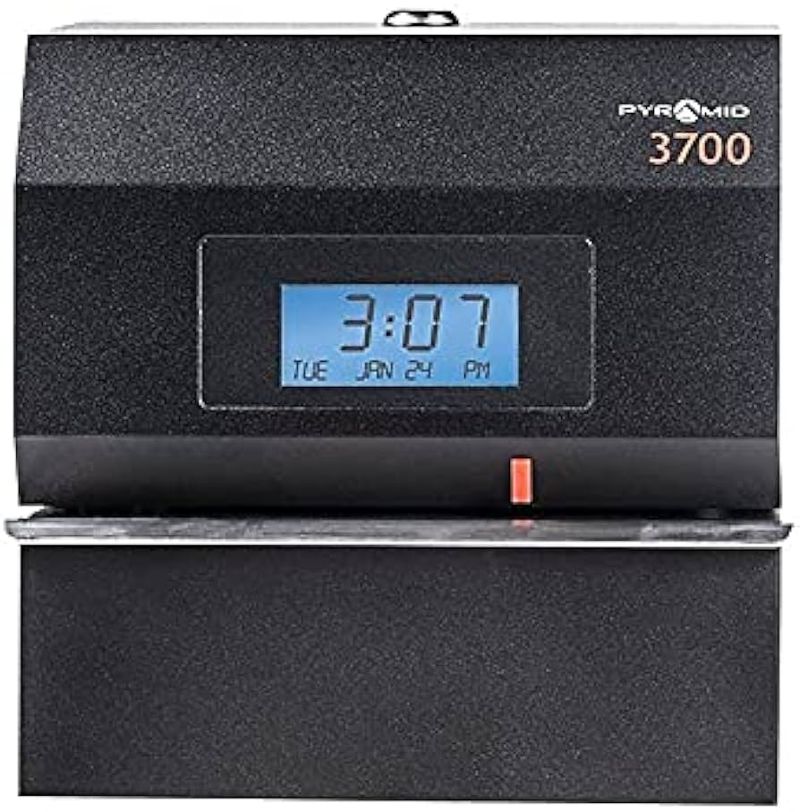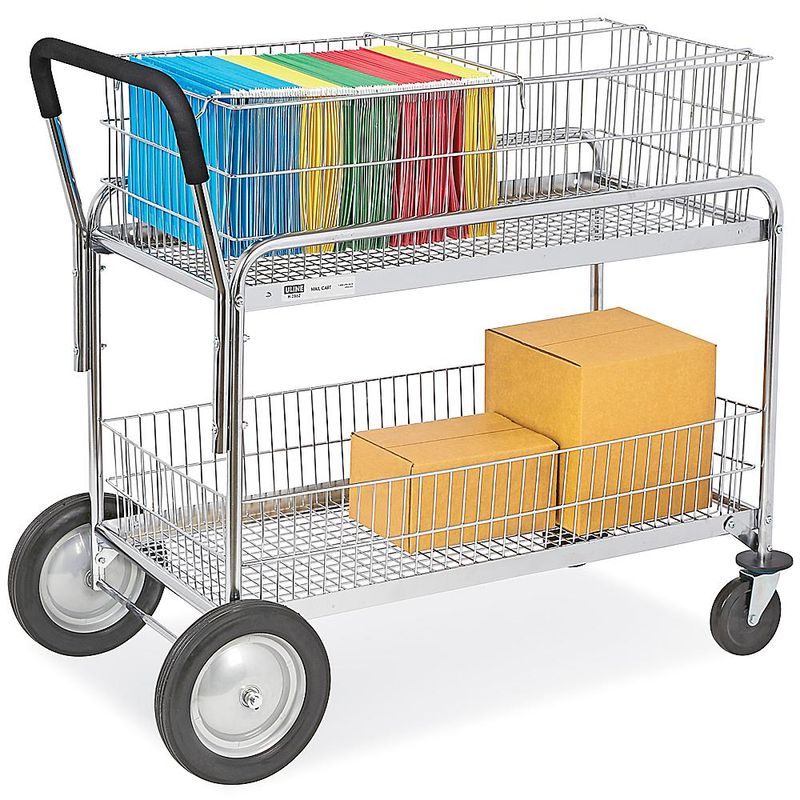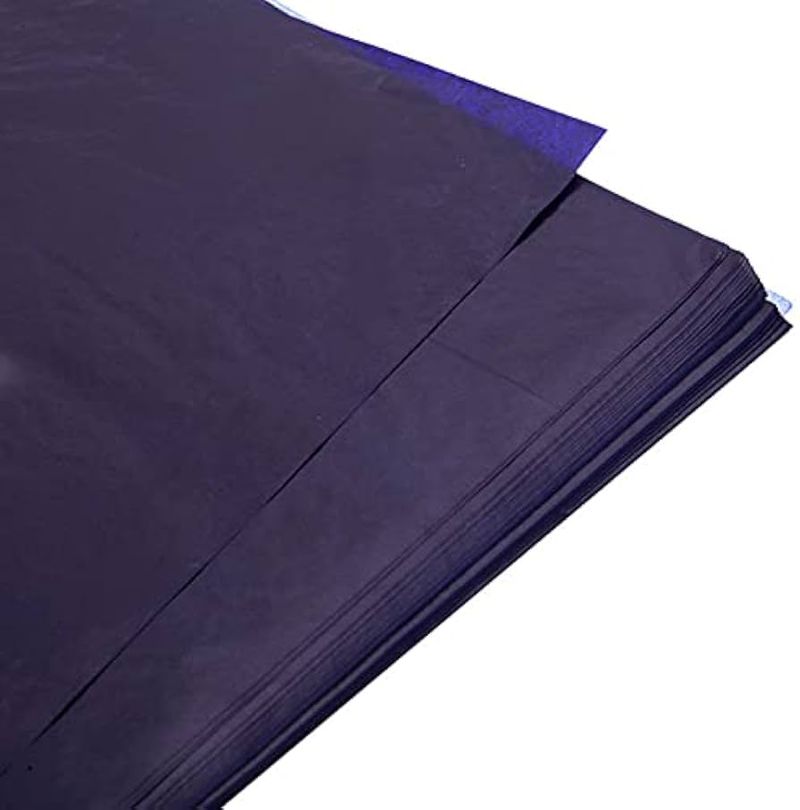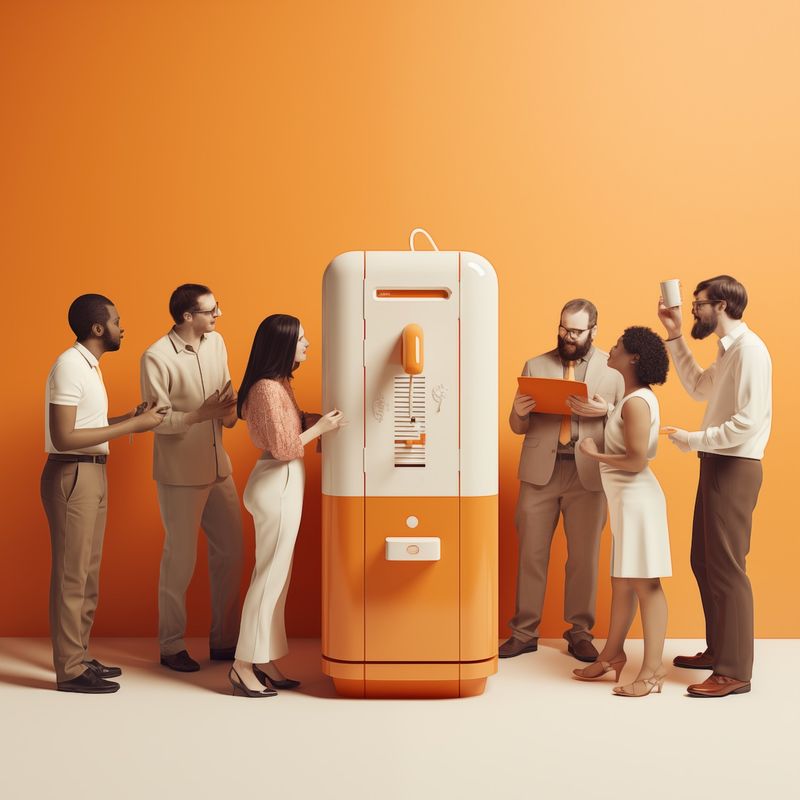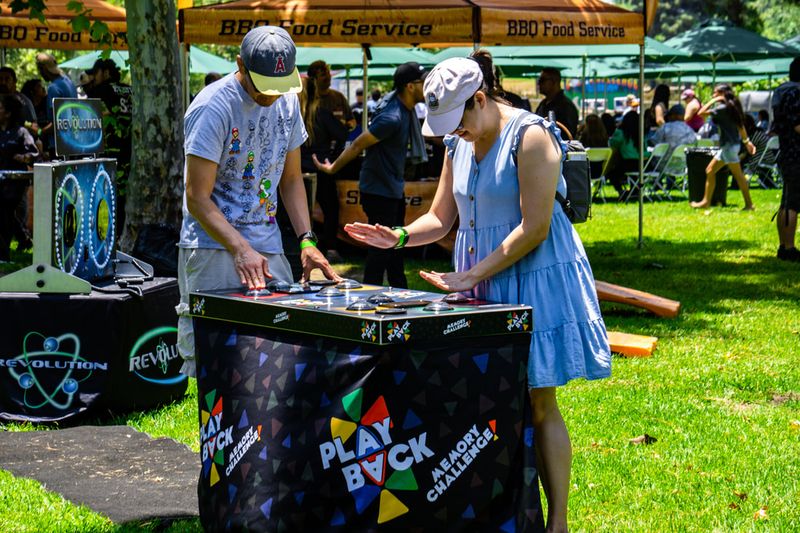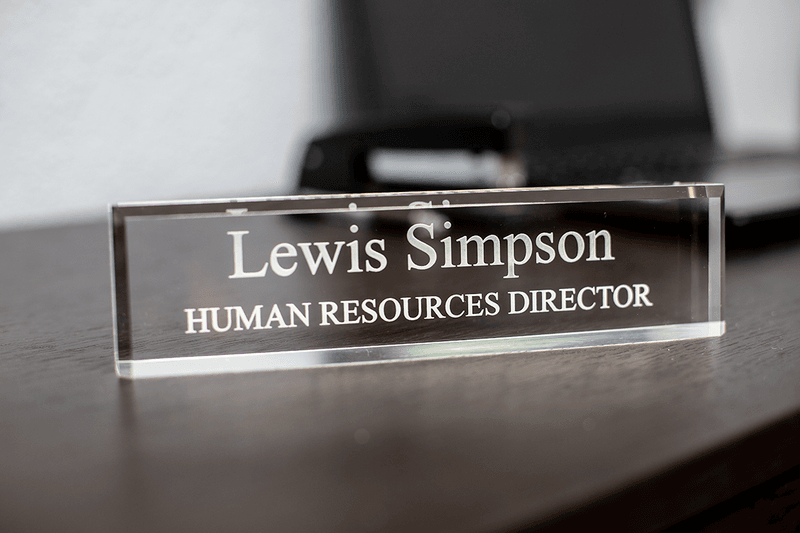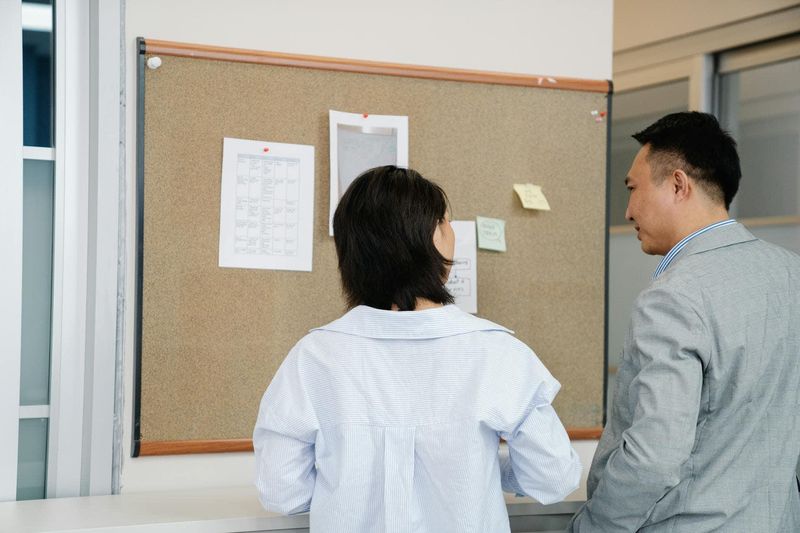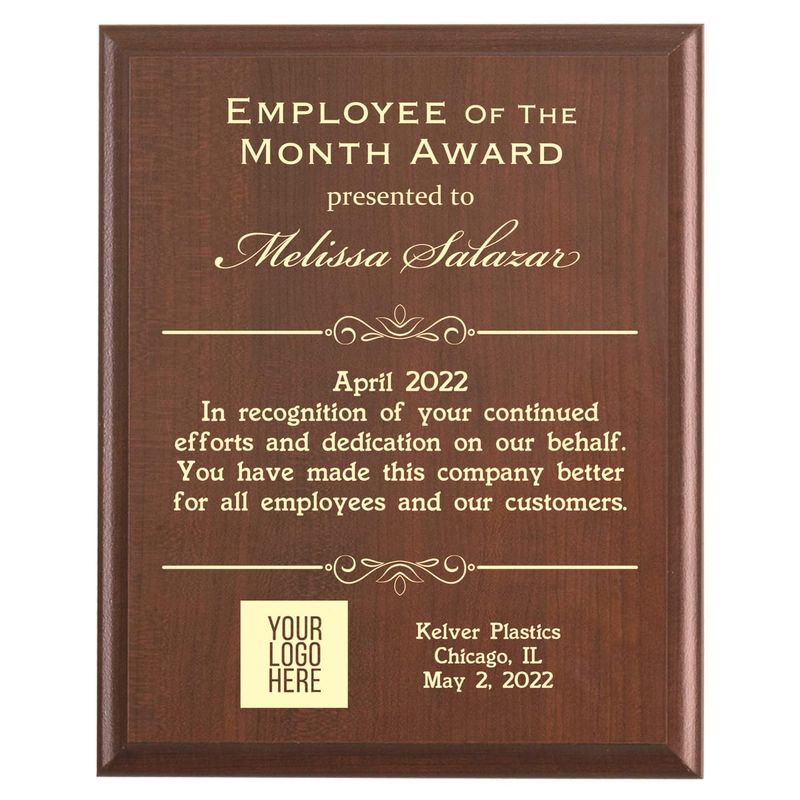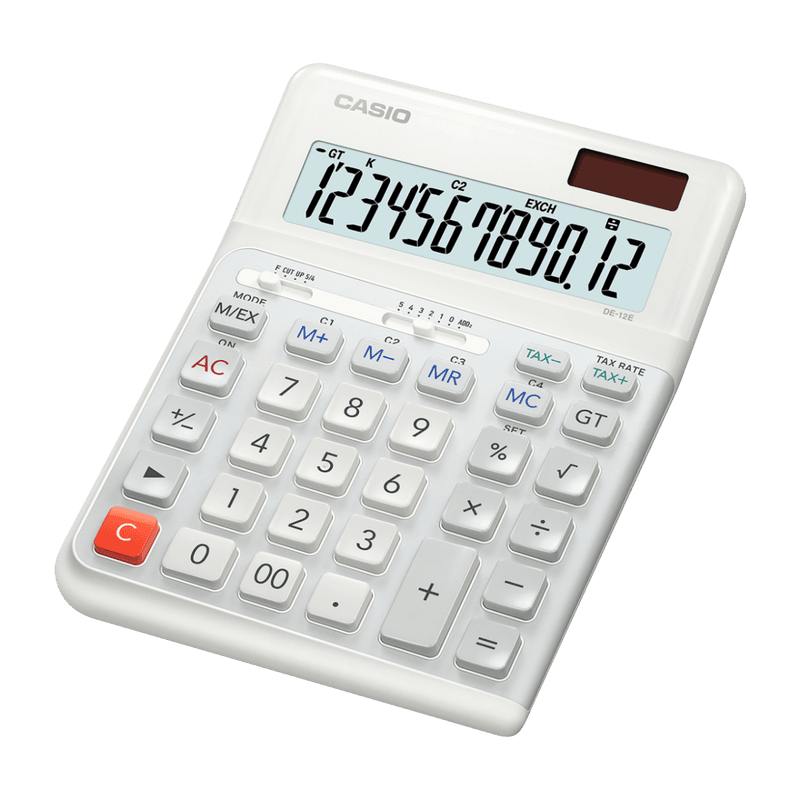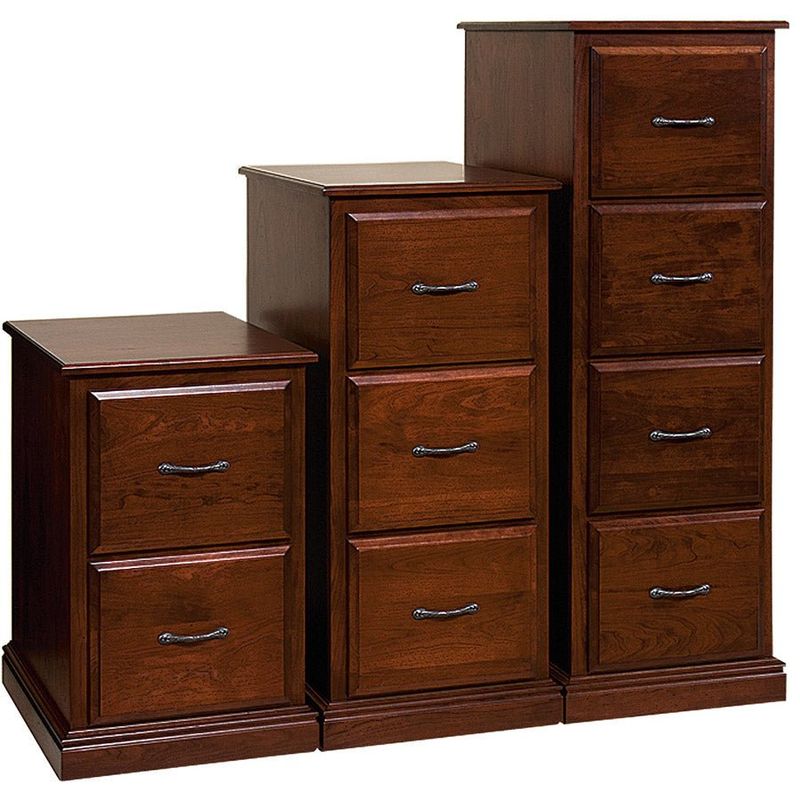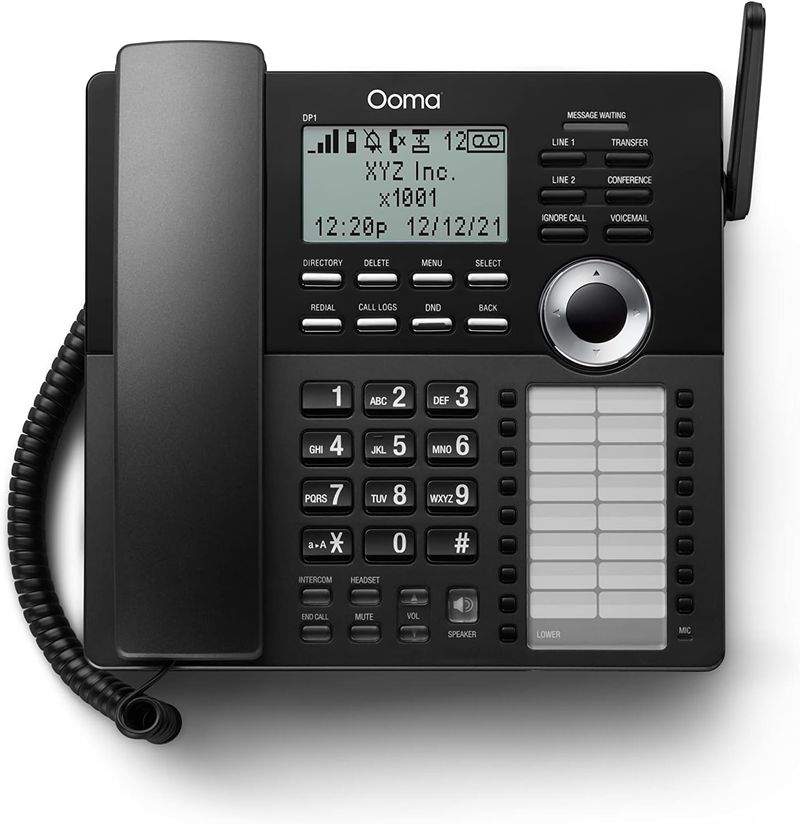Explore the evolving world of work with our list of 19 office traditions that have disappeared over the years.
From office music systems to formal dress codes, these customs once defined the workplace but have since been replaced by modern practices.
Discover how these changes reflect broader societal shifts and technological advancements.
1. Office Music Systems
In the past, many offices had centralized music systems that played soft background music throughout the day. This was believed to boost productivity and create a pleasant working atmosphere. A designated person would choose records, switching them at regular intervals.
However, the advent of personal music devices and open-plan offices contributed to the decline of this practice. Employees sought personalized music experiences, leading to the rise of headphones and individual playlists.
Today, while shared music systems are rare, the idea of music enhancing productivity continues, with many workplaces offering flexible policies on listening to music at work.
2. Formal Dress Codes
Strict dress codes once dictated office attire, with men in suits and ties and women in formal dresses or skirts. This tradition symbolized professionalism and respectability, creating a uniform appearance across the workplace. However, these rigid standards have relaxed over the years.
Casual Fridays offered the first break from tradition, allowing employees to dress more comfortably one day a week.
Now, many offices embrace a more casual dress code, reflecting changes in work culture and the blurring line between personal and professional lives.
3. Typing Pools
Typing pools were once bustling centers of activity, staffed primarily by women who typed documents for the entire office. These pools were essential for creating business correspondence and maintaining records before computers.
The role required speed, accuracy, and a knack for deciphering handwritten notes. As technology advanced, word processors and personal computers rendered typing pools obsolete.
Today’s offices rely on individual typing skills and digital communication, making typing pools a distant memory of a more labor-intensive era.
4. In-office Smoking Areas
In the past, smoking indoors was commonplace, with designated smoking areas or ashtrays on every desk. This norm created a smoky haze throughout the office, often leading to shared coffee breaks and discussions.
It was seen as a way to relax and socialize during work hours. Over time, health concerns and changing social norms led to stricter smoking regulations.
Now, smoking is restricted to outdoor areas, reflecting a shift towards healthier workplaces and environments.
5. Punch Clocks for Timekeeping
Punch clocks once stood sentinel by office entrances, marking employees’ arrivals and departures with a satisfying clunk. Workers punched in and out, ensuring accurate timekeeping and attendance records.
This method was a straightforward way to track hours worked, but it required physical presence. As businesses embraced technology, digital timekeeping systems replaced punch clocks.
These modern solutions offer flexibility, allowing remote work and digital clock-ins, transforming the traditional concept of a workday.
6. Office Mail Carts
Mail carts were once a common sight in offices, wheeled through hallways by clerks delivering letters and packages to desks. This tactile process connected employees, fostering communication and camaraderie.
The anticipation of receiving mail added a personal touch to office interactions. With the rise of email and digital communication, physical mail’s significance diminished.
Today, mail carts are mostly a nostalgic reminder of a time when handwritten notes and memos were key to office communication.
7. Carbon Copy Paper
Carbon copy paper allowed for duplicate documents, essential in an era before photocopying. Placed between sheets of paper, it transferred writing through pressure, creating a mirror of the original.
While it could be messy, with ink smudges and limited copies, it was a staple for office documentation.
Photocopiers and digital files rendered carbon paper obsolete, offering cleaner and more efficient duplication methods. Yet, it remains a symbol of resourcefulness and manual effort in record-keeping.
8. Water Cooler Gatherings
The water cooler was more than a hydration station; it was a social hub where colleagues gathered to chat and exchange news. These impromptu meetings fostered relationships and eased office tension, as employees shared gossip or discussed weekend plans.
With the rise of remote work and digital communication, these physical gatherings have dwindled.
Virtual coffee breaks and chats have replaced them, reshaping how coworkers connect in a modern office environment.
9. Dedicated Secretarial Support
Secretaries were once indispensable, managing calendars, correspondence, and clerical tasks for executives. Their role required organization, discretion, and a variety of skills, often including shorthand and typing.
As technology evolved, the need for dedicated secretarial support diminished, with computers and digital tools enabling individuals to manage their own administrative tasks.
Today, personal assistants and digital scheduling apps fill the role, but the traditional secretary holds a place of respect in office history.
10. Company Picnics
Company picnics were once annual events, bringing employees and their families together for a day of fun and relaxation. These gatherings fostered a sense of community and team spirit, with games, food, and entertainment.
While some companies still maintain this tradition, many have shifted to alternative team-building activities or virtual gatherings.
The decline of company picnics reflects broader changes in work-life balance and organizational culture.
11. Office Happy Hours
Office happy hours were once a staple of workplace culture, offering a chance to unwind and bond with colleagues after work. They provided an opportunity to relax, share stories, and build camaraderie outside the formal office environment.
With changing social norms and a focus on work-life balance, the frequency and style of happy hours have evolved.
Many companies now offer alternative social activities or wellness programs, reflecting a shift in priorities and employee preferences.
12. Annual Performance Reviews
Annual performance reviews were once the standard for assessing employee progress and setting goals. These formal meetings provided feedback and development plans but often lacked the immediacy needed for effective growth.
In recent years, continuous feedback models have gained popularity, promoting ongoing conversations and more agile goal setting.
This change reflects a shift towards a more dynamic and responsive approach to performance management, aligning with modern business needs.
13. Office Christmas Parties
Office Christmas parties were once grand affairs, complete with festive decorations, food, and entertainment. These events brought employees together to celebrate the holiday season and reflect on the year’s achievements.
While some companies continue this tradition, many have scaled back or opted for different forms of celebration due to budget constraints and changing cultural norms.
Virtual events and smaller gatherings have become more common, reflecting a shift in how workplaces celebrate together.
14. Desk Nameplates
Desk nameplates were once a staple of office decor, denoting ownership and identity within the workplace. These personalized markers signified a professional presence and were often a source of pride.
As open-plan offices and flexible workspaces have become more prevalent, the use of permanent nameplates has declined.
Today, digital identities and flexible seating arrangements have replaced the need for physical name markers, reflecting changes in office dynamics and design.
15. Physical Bulletin Boards
Bulletin boards once lined office walls, displaying memos, announcements, and community news. These boards served as a central point for information sharing and were often creatively decorated.
As digital communication tools have evolved, physical bulletin boards have become less common, replaced by email, intranets, and digital signage.
While they may still exist in some spaces, they are now more of a nostalgic nod to traditional information sharing.
16. Employee of the Month Awards
Employee of the Month awards were once a popular way to recognize dedication and hard work. These awards often came with perks such as a prime parking spot or a small bonus.
While still practiced in some organizations, many have shifted towards more comprehensive recognition programs that emphasize team achievements and ongoing appreciation.
This change reflects a broader understanding of employee motivation and the importance of continuous recognition.
17. Desktop Calculators
Before the rise of personal computers, desktop calculators were essential tools for crunching numbers. These devices, often large and noisy, were used by accountants and clerks for everything from payroll to financial analysis.
As computers and spreadsheet software became more affordable and accessible, the need for standalone calculators diminished.
Today, while some still use them for quick calculations, most rely on digital tools, marking a significant shift in how we handle numbers.
18. Physical File Cabinets
File cabinets once dominated office spaces, filled with documents and records meticulously organized for easy access. These cabinets symbolized the importance of manual filing systems and the physical storage of information.
With the advent of digital storage and cloud computing, physical file cabinets are becoming obsolete. Digital files offer more efficient organization and retrieval, reducing the need for bulky storage.
The transition reflects a broader move towards sustainability and efficiency in managing information.
19. Personal Desk Phones
Personal desk phones were once a fixture in every office, dedicated to individual employees. These phones served as a primary means of communication, complete with extensions and voicemail.
With the rise of mobile phones and digital communication platforms, the need for personal desk phones has diminished.
Today, many offices forgo landlines altogether, relying instead on virtual communication tools, reflecting a shift towards more flexible and mobile work environments.
